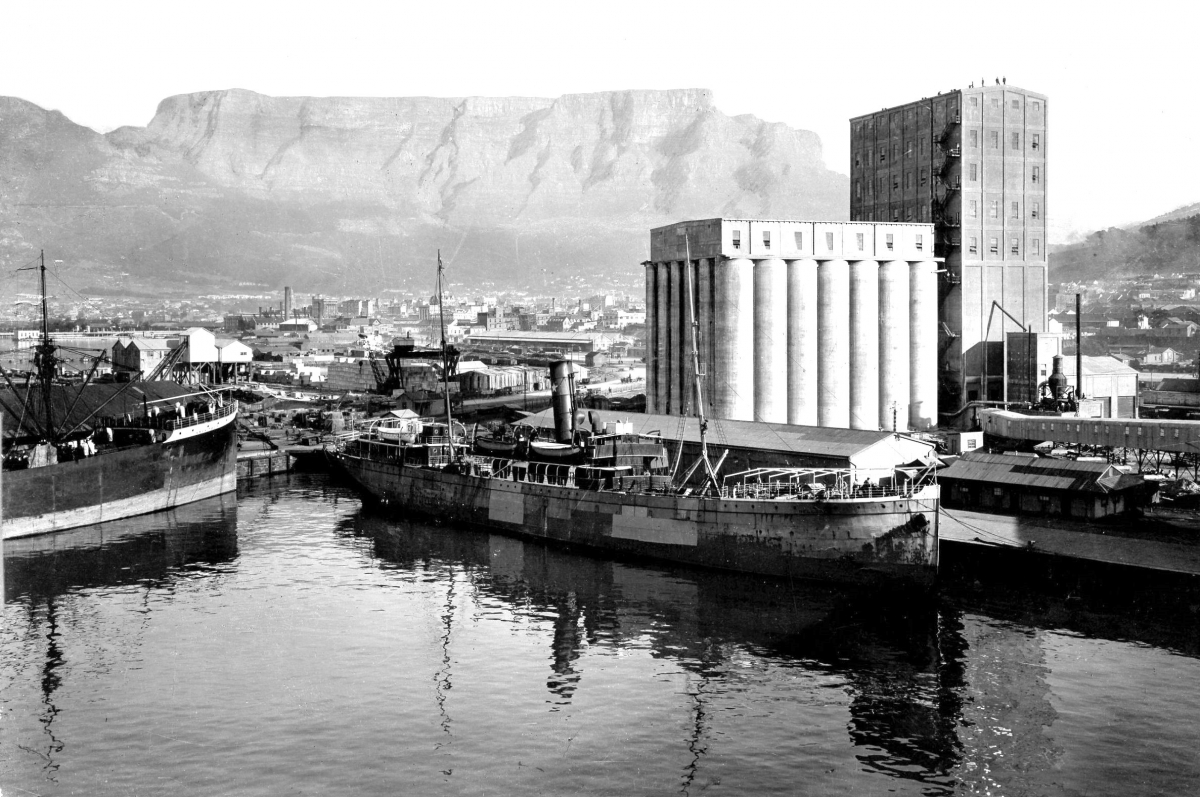We made the acquaintance of Morné Visagie, artist living and working in Cape Town, during his stay in the winter of 2017 at Artistes en Résidence, Clermont-Ferrand. Far from any clichés associated with the art of his continent, his practice made us want to know more about the art scene of this South African city that we know very little about. Furthermore, this year was that of “African Art” in France: following the art of Eastern Europe, Chinese contemporary art, or that of Latin America by turns over the last fifteen years, now it was the turn of African creation – particularly the contemporary art of South Africa – to focus on the world of Western art and experience the honours of the big institutions.1 Yet, in such a context, we are tempted to follow the advice of theorist Achille Mbembe, who recently declared that “since African art is in fashion, let’s escape it and let’s find a way to do a project that gives way to a systematic future”,2 in which so-called “African” art would have its rightful seat at the table. Underway since the late 1980s, this very Western legitimization effectively leaves us pondering what we consider to be “African art” and in turn, we now ask ourselves what such an art might be. The transition from a traditional, religious, and mystical art, immutable over the centuries and not including the notion of “art” in its Western sense, towards a museum-based art, integrating the economy of a globalised market, merging with Western forms while retaining its cultural characteristics, does indeed raise questions. Not to mention the impact that colonisation, then post-colonialism, and now neo-colonialism have had on this art, along with the taboos, shame, and grievances engendered by these successive periods and that are still highly sensitive, as the remarks found in this story attest, in some respects.
There is nothing inherently new about this infatuation. We have been reading for some time now, in the international art press, various articles on African artists and arts scenes, such as those by Sean O’Toole, who paints the historic portrait of Cape Town’s scene here. But the sequence of these events and the exponential presence of these artists in museums and galleries, and at fairs, as gallerist Jonathan Garnham highlights, allow a new drive within South African artistic practices to emerge. Artist Thulile Gamedze also recalls in his interview that the web is playing an unprecedented role in this. The opening of Zeitz MOCAA in Cape Town in 2017, the first African contemporary art museum, is doubtless no stranger to this enthusiasm and shows that, irrespective of the ins and outs (political, economic, financial?), something is happening in South Africa that cannot be reduced to institutional recognition alone.
- L’Iris de Lucy at the Musée départemental d’art contemporain de Rochechouart in 2016; the projet “Art/ Afrique, le nouvel atelier” in 2017 bringing together two exhibitions, Les Initiés, un choix d’œuvres (1989-2009) de la collection d’art contemporain africain de Jean Pigozzi and Être là, Afrique du Sud, une scène contemporaine at La Fondation Louis Vuitton, Paris; Le Jour qui vient at the Galerie des Galeries, Fondation d’Entreprise Galerie Lafayette, Paris; Afrique Capitales, in La Villette, Paris, and then internationally, the commercial success over the past five years of the 1-54 Contemporary African Art Fair in London, New York, and Marrakech.
- See the intervention of Achille Mbembe at the conference held during the exhibition Être là, Afrique du Sud, une scène contemporaine at La Fondation Louis Vuitton, on Thursday 27 April 2017: http://www.fondationlouisvuitton.fr/evenements/afrique_evenements/rencontre-27avril2017.html


